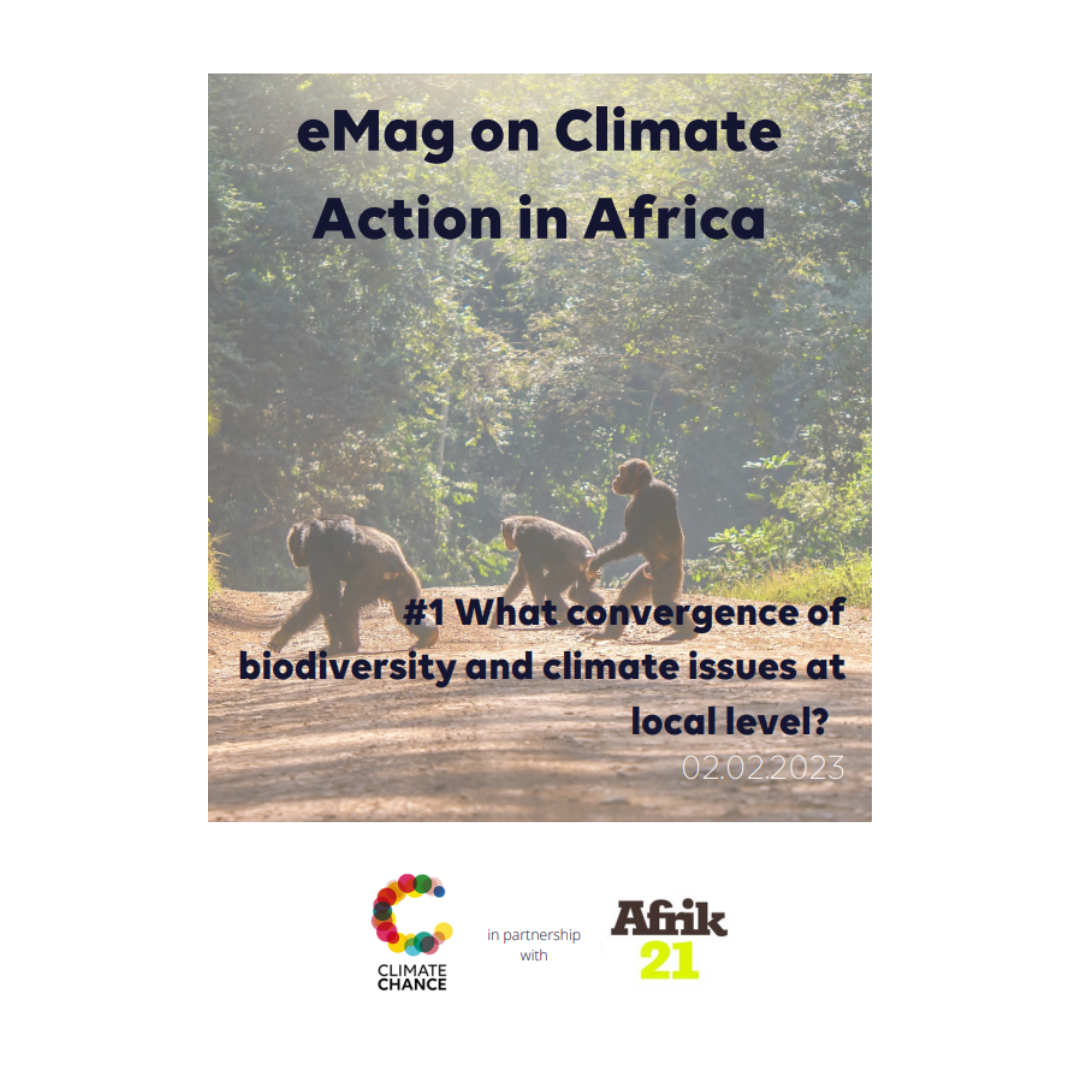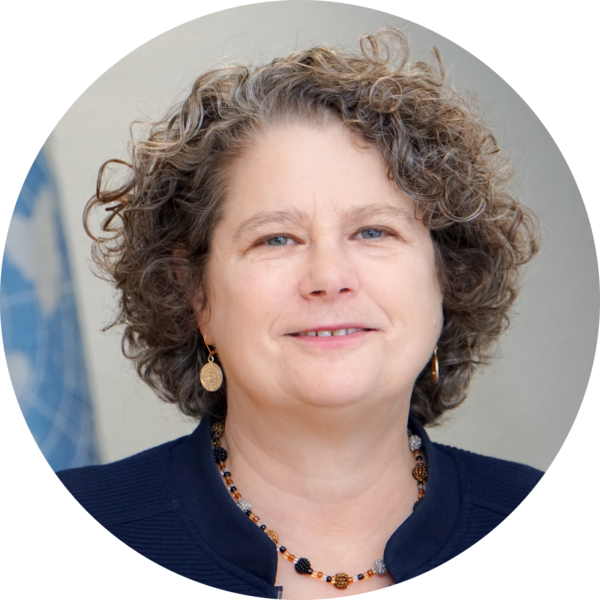eMag – What convergence of climate and biodiversity issues in Africa at local level?
January 2023 - What means available for African actors at the local level to address climate and biodiversity issues jointly?

Date of publication : 02/02/2023
Summary of this issue :

The Observatory’s Lens : Adaptation of ecosystems through biodiversity corridors
« Corridors involve a variety of actors in both their planning and management (governments, local government services, businesses, private actors). Local populations are increasingly involved in species protection, which marks a paradigm shift in biodiversity conservation. »
Mélaine Assè Wassa Sama, Climate Action Project Officer in Africa at Climate Chance, presents the trend « Biodiversity Corridors: Strengthening Ecological Connectivity to Adapt Ecosystems to Climate Change »

Launch of the International Coalition “Biodiversity Corridors in Africa”
« Ecological connectivity and biodiversity corridors are great tools for associating the themes of the 3 Conventions on Climate, Biodiversity and Desertification. Climate Chance, considers Ecological connectivity to be a highly cross-cutting issue dealing with all three of these topics. »
Anne Raimat, Biodiversity Director, presents the International Coalition « Biodiversity Corridors in Africa » launched by Climate Chance at the COP 15 in Kunming-Montreal and co-chaired by France, Gabon, Guinea and Tanzania.

Migratory species protection and adaptation to climate change
« The Convention on the Conservation of Migratory Species and Wildlife has long addressed ecological connectivity as it is essential for the protection of migratory species that need to be able to reach their migration sites. »
Amy Fraenckel, Executive Secretary of the Convention for the Conservation of Migratory Species and Wildlife, discusses the importance of ecological connectivity in the context of migratory species conservation and climate change adaptation.

Communities’ role in biodiversity protection and restoration
« It is necessary to assess the state of the corridors and allocate resources at both the regional and national levels, granting legal status to these spaces through a bottom-up approach based on dialogues with local communities. »
Adja Aïssatou Sy, coordinator of the Observatory for Biodiversity and Protected Areas of West Africa (OBAPAO, presents the work initiated by her organization, the steps to be taken to strengthen ecological connectivity and the importance of involving local communities.

Access to finance for biodiversity, climate and desertification projects
« The RCC, which works in 26 countries with the WADB and tries to integrate as much as possible this convergence in the projects. To do so, RCC works with networks of actors such as Climate Chance, but also with other structures such as the West African Alliance for Carbon Markets and Climate Finance. RCC ensures that all three dimensions are taken into account. »
Yohann Zaba, Regional Expert on Article 6 and Carbon Pricing at the United Nations Framework Convention on Climate Change (UNFCCC) and the Regional Collaboration Center (RCC) in Lomé, led by the West African Development Bank (WADB), explains the CRC’s missions and the mechanisms proposed to facilitate access to finance for projects.






